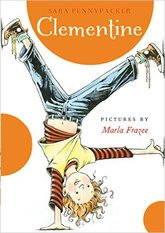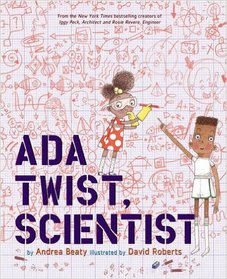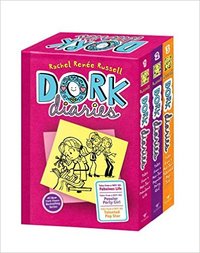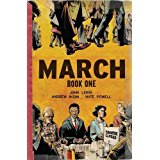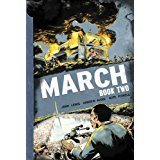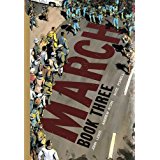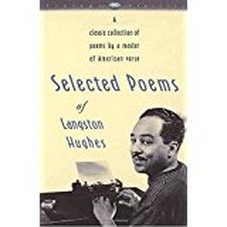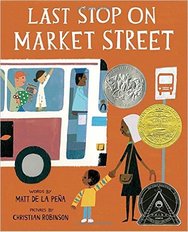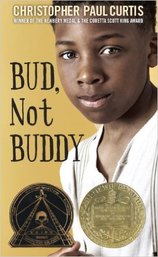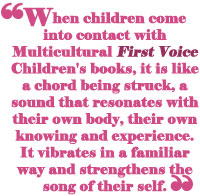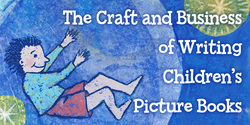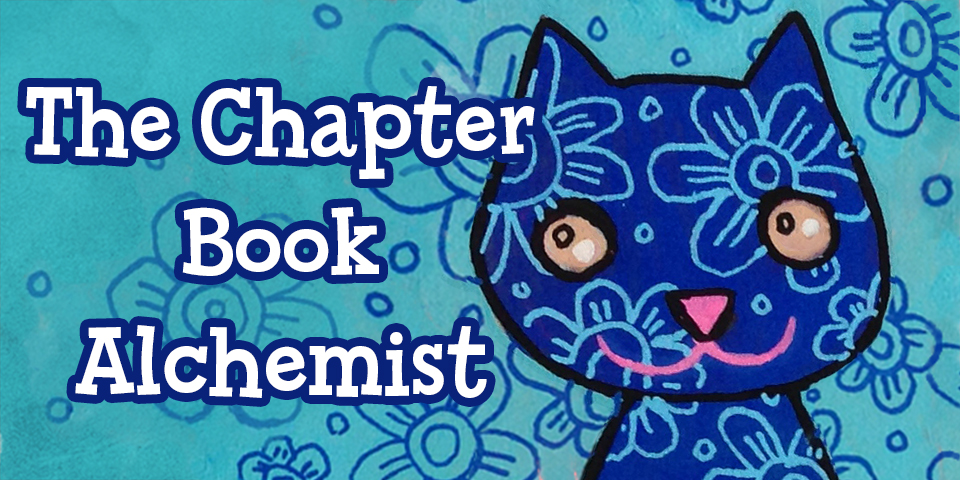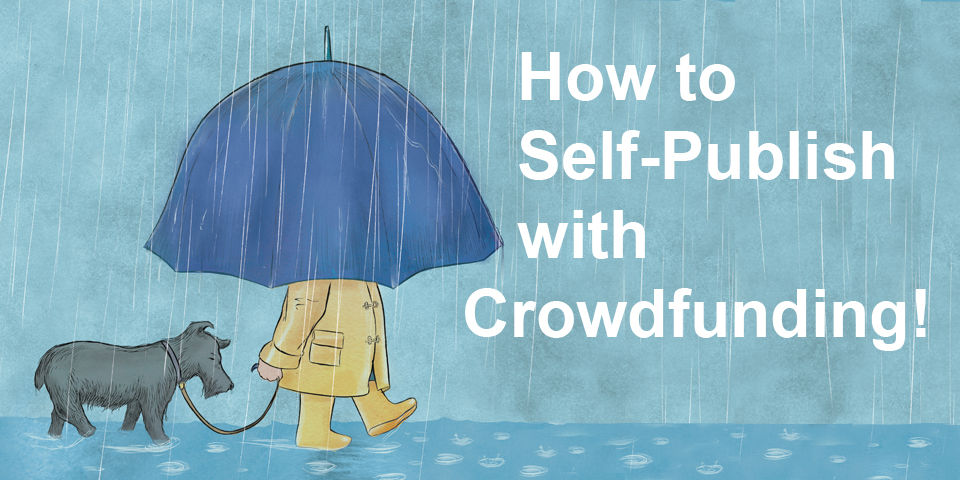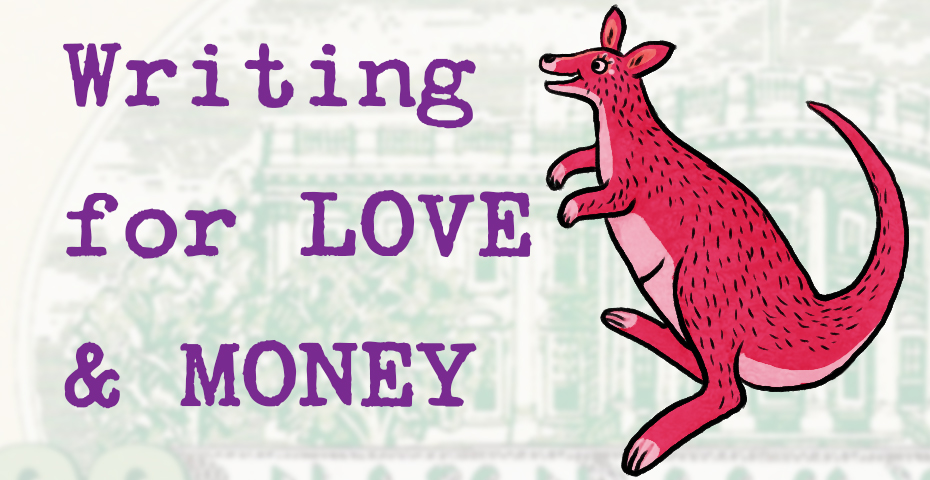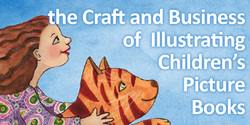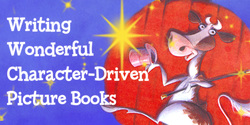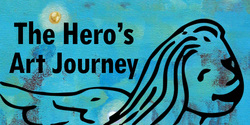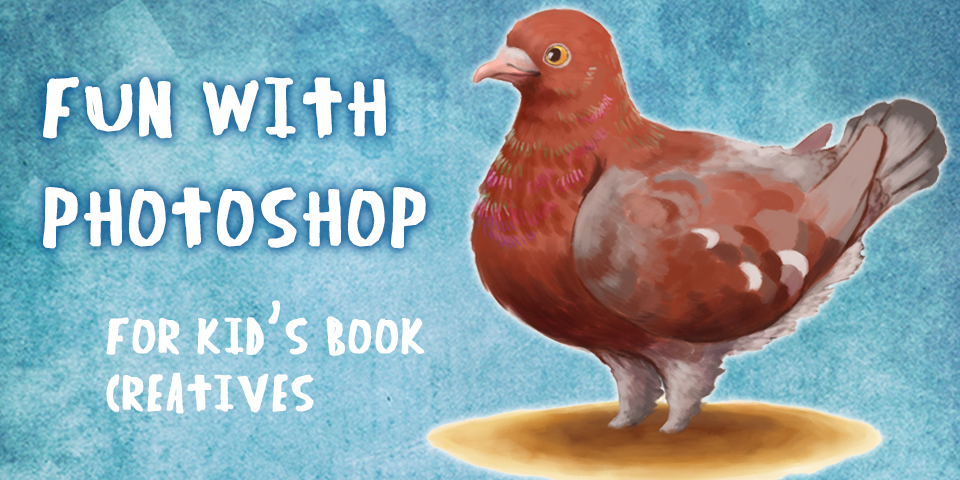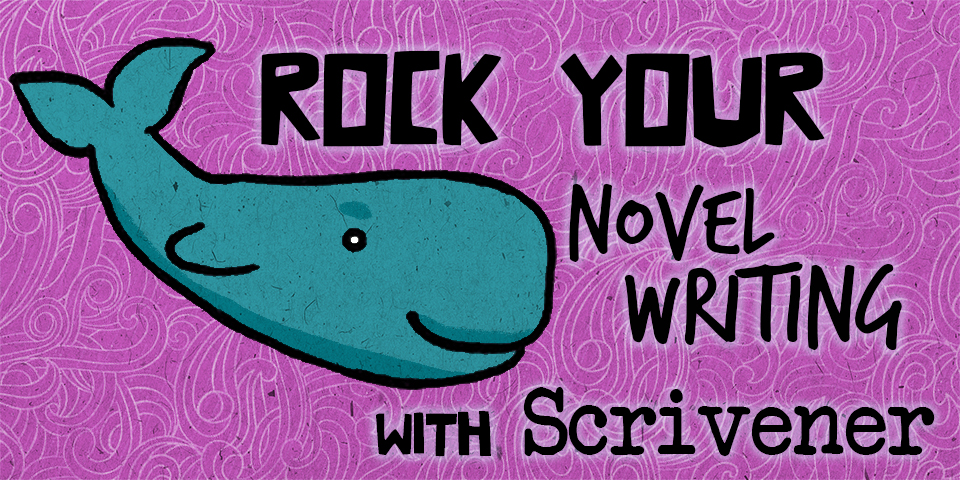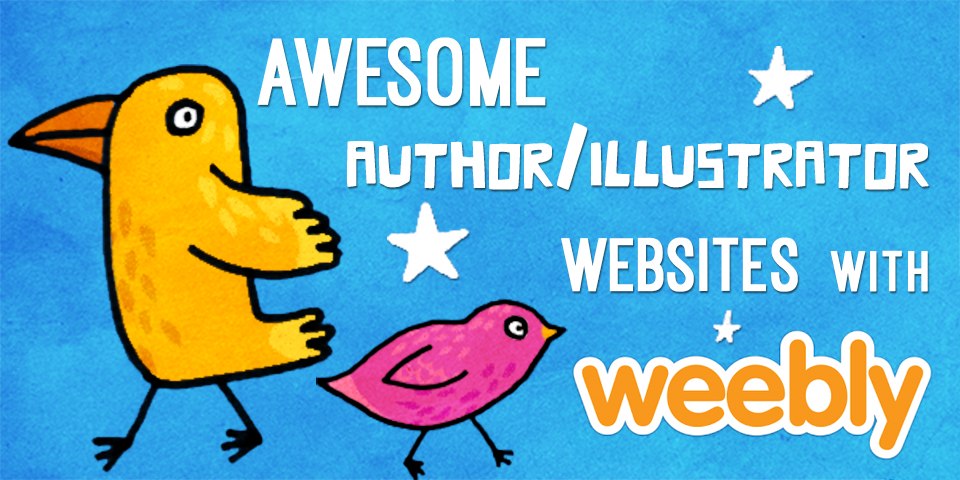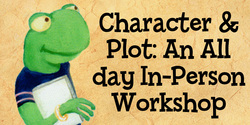|
by Bryan Patrick Avery It’s Womens History Month, and throughout the magic world, we’re celebrating female magicians. Suzanne, Alison Easton, Misty Lee, and Billy Kidd are just a few of the women who have helped advance the conjuring arts. As a magician, and a father, it’s important to me that my daughter see these women in action to help reinforce that she can become anything her heart desires. The same is true when it comes to books. It’s important to me that my daughter’s bookshelf be populated with stories featuring a wide array of characters including books featuring unique, endearing, and independent female leads. One such book is Sara Pennypacker’s Clementine, illustrated by Marla Fraze. It’s a hilarious look at one little girl’s “not so good of a week”. The story is both funny and heartwarming, as Clementine attempts to help a friend through a crisis with disastrous results. In addition to being a great read (my daughter and I both read it in one sitting) the book is a great resource for writers looking for strong writing examples to strengthen their own work. I recently had the opportunity to hear Sara Pennypacker speak at the SCBWI Winter Conference. She stressed the need to leave room for the reader. At the end of the first page of Clemetine, we read “Someone should tell you not to answer the phone in the principal’s office, if that’s a rule.” The reader decides for herself that Clementine must have answered the principal’s phone, and that that action led to negative consequences, all without the writer having to explicitly state it. It leads to a more engaging experience for the reader which explains why the Clementine series is a New York Times best-seller. Another wonderful book we love is Ada Twist, Scientist, written by Andrea Beaty and illustrated by David Roberts. A rhyming story, this #1 New York Times bestseller is the third book in a series which includes Iggy Peck, Architect and Rosie Revere, Engineer. Ada Twist is a curious young girl with lots of questions. We follow her on her quest to discover the source of a terrible smell as she ends up finding her passion: science. One side note, we also love this story because it features Ada Twist, a young black girl, just being a kid. Her skin color is completely unimportant to the story and we need more books that feature diverse characters just doing regular things. Lastly, since we’re perusing my daughter’s bookshelf, she wouldn’t forgive me if I didn’t mention Rachel Renee Russell’s Dork Diaries series featuring the diary of Nikki J. Maxwell. This series has become my daughter’s favorite (I frequently have to remove one or more books from underneath her pillow each morning) in no small part because of how relatable the stories are.
Nikki is a middle-schooler and the first book, Tales from a Not-So-Fabulous Life, details a fight with her mom over getting the latest phone, meeting her crush and her new best friends, and facing off against her nemesis. Though laid out in a diary format, the stories are engaging and keep readers coming back for more. That’s all for now. This is just a sampling of the wonderful picture books and middle grade novels featuring some of my (and my daughter's) favorite females leads. Feel free to leave your favorites in the comments below. I’m off to finish my writing so I can prepare for an upcoming magic competition. Have a great month!
5 Comments
by Bryan Patrick Avery I just got home from Las Vegas and a trip that gave me the opportunity to witness the incredible magic of David Copperfield up close and personal. In all the excitement, I lost track of the days and realized just this morning that it’s February. That means it’s Black History Month, which gives me the chance to talk about some wonderful alternative ways to bring stories to kids. I think these alternative approaches are important because the subject matter can, at times, be difficult to digest. A great example of this is the graphic novel series March, written by Congressman John Lewis and Andrew Aydin, and illustrated by Nate Powell. The first graphic novel to receive the John F. Kennedy Book Award, March tells the inside story of the Civil Rights Movement as lived by Congressman Lewis. The story is compelling and the artwork is engaging which pulls readers, young and old, into the story of a key movement in our nation’s history. It is written in a style that is accessible to all, and a shining example of sequentiall storytelling, as evidenced by the 2016 Eisner Award it received. If ever there was a way to make such a complex and challenging topic interesting to kids, this is it. Another great way to expose kids (and adults, too) to Black History is through the poetry of African-Americans through the centuries. From Phillis Wheatley, who in 1770 became the first published African-American to Maya Angelou, perhaps the most well-known African-American poet, there are endless resources available to read and hear the voices of the American-American experience. One of the greatest African-American poetic voices is that of Langston Hughes. My favorite poet, Hughes used his poetry to describe the emotions and challenges associated with being Black in America. His poems “I, Too” and “Harlem (What Happens to a Dream Deferred?)" are classics and can be easily understood by, and discussed with, kids. My personal favorite is the Carol of the Brown King. As a child, I would recite it every Christmas Eve for my family after our traditional creole feast. It, and many of Hughes poems, are a reminder of the desire we all share to see ourselves in important stories. I’d recommend checking out Selected Poems of Langston Hughes for sampling of this master poet’s work. You won’t be disappointed. In addition to poetry, there’s a vast array of reference books available that families can use to get a clearer picture of African-American history. The African-American Archive, edited by Kai Wright, has occupied a prominent place on our bookshelf for a long time. It includes transcripts of documents and speeches, poems and novel excerpts starting in the 1600s and leads all way to the current century. It is an eye opening look into the forces and experiences that have shaped African-Americans and the country.
Inside, you’ll find a treatise describing the best place to find slaves (see “Negroes Might Easily Be Had on the Coast of Guinea”), the full text of Dr. Martin Luther King, Jr.’s “I Have a Dream Speech”, and Bill Clinton’s 1997 apology for the so-called Tuskegee Experiments. While not all the subject matter is pleasant, it is an historical record of 400 years of African-American history and can provide children, parents, and writers a window into the African-American experience. There are, of course, many other resources. I’ve always believed that African-American history should be viewed as more than just a set of facts. There is a rich, diverse experience from which everyone can learn. Learning more about the African-American experience may help you write more authentically, and with more compassion and insight. And that’s pretty magical. by Bryan Patrick Avery In magic, there are a few classic effects that always seem to be enjoyable, no matter how many times we’ve seen (or performed) them. Effects like the Cups and Balls, where small balls travel magically from cup to cup, continue to astound and amaze audiences. Even when spectators believe they know the secret, the effect can still have a positive impact. The same can be said about the books we read. Some stories just grab us and refuse to let go. These stories become classics. But what makes them so? Take, for example, Last Stop on Market Street, winner of the 2016 Newberry Medal and a 2016 Caldecott Honor Book. Written by Matt de la Pena and illustrated by Christian Robinson, it tells the story of CJ, who travels on the city bus with his grandmother one Sunday after church. CJ spends the trip peppering his Nana with questions, each one highlighting something CJ feels is missing in his life. Nana responds calmly to each question, pointing out how much CJ has to be grateful for. Eventually, Nana speaks the line which, to me, makes the whole book. CJ asks Nana why the part of town they’re in is so run down. Nana responds “Sometimes when you're surrounded by dirt, CJ, you're a better witness for what's beautiful.” The line is perfect, both lyrical and thought-provoking at the same time, all without being heavy handed. It’s a memorable moment in a memorable book, making it an instant classic. Another classic book I love is 2000 Newberry Medal winner Bud, Not Buddy by Christopher Paul Curtis. My daughter’s sixth grade class is reading the book now and it’s amazing to see how they’ve been pulled into Bud Caldwell’s quest to find his father. Kids seem to relate to Bud, which may seem strange when you consider that Bud is runaway in 1930s Michigan. I think his self-reliance (how many kids wouldn’t love to have suitcase of special things) and determination are qualities kids wish to see in themselves and, therefore, enjoy reading about. What might be most engaging for kids, though, is what Bud says about ideas: “…before you can say Jack Robinson, they've gone and grown a lot bigger than you ever thought they could”. Every child, and adult for that matter, can relate to getting an idea that just grows and grows until you have to do something about it. Bud’s idea, and his drive to see it through, pull us into the story and make us want to come back again and again. There are, of course, many others. J.D. Salinger’s Catcher in the Rye, Lord of the Flies from William Golding, Eric Carle’s The Very Hungry Caterpillar and Where the Wild Things Are by Maurice Sendak all come to mind. They are classics, books we can return to again and again. They are books we gift to others so they can share in our joy. But most of all, like the best classic magic tricks, they continue to fill us with wonder.
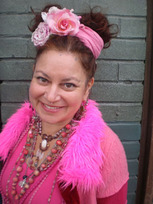 What do polka dots and self-portraits have to do with First Voice multicultural children's books? Let's take a walk together and see... Everyone is an artist. This is the first "rule" of my Claiming Face curriculum that i teach when I go into schools to share about being a children's book artist and author. We know that everyone is unique. It goes without saying. But did you know that this includes how we mark the page? I call it the Polka Dot Theory. I have noticed over the years that even if someone is only making a polka dot, it is visibly theirs and no one else’s. How we hold a pencil is uniquely our own. No one can make a polka dot the same way. Somehow, some way our body, our stories, our thoughts, our selves make a basic mark that is uniquely our own, however subtle, however small, this mark shows something about us. To me, this is the beginning of art. This is the beginning of expressing something that is ours and ours alone. 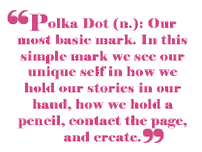 The power of the polka dot is amplified when we go beyond that initial mark and express ourselves more fully, through self-portraiture or words. I like beginning with acknowledging the polka dot, because it hints at the vast and multidimensional levels available to us when we engage in creation/expression. This includes not only our own exceedingly unique and individual experience, but also all of our cultural, social and historical influences as well. 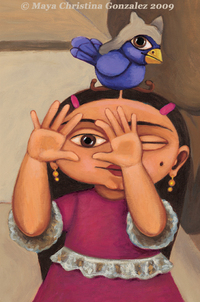 My hands, my polka dot, my art, my words convey my life as Maya, but also my life as a bi-racial, Chicana, working class, queer person born with a girl body. The colors that speak to me, the way I layer and collage, the images that are familiar and make up a cohesive visual vocabulary for me are telling. Growing up with half of my family speaking Spanish while I did not, the inflection, song, tone, the way of putting words together, the white teachers who spoke at the front of my class, the children of color and the way we whispered in the back of class, all of this informed how I write and what I write. My father taught me through actions, through beliefs, through our shared culture, the importance of the wind, the sound of birds, the tale a tree tells as it grows, the dance between life and death, the spirit within all things. This is in my hands, my eyes, my heart when I take up a pencil or a paint brush. I am what and how I express. What's fascinating is that some of it can be tracked, while some of it cannot. It is the deep, abiding legacy of generations and generations of Mexicans and Germans. It goes beyond color and image relevance and hints at something at once mysterious and completely true. When I began making art for children's books it was for amazing authors like Gloria Anzuldúa, Francisco Alarcón and Amada Irma Peréz whose stories felt familiar either to me, or relevant to my community. They included stories about immigration, curanderas, Mexico, tamales, piñatas, familia, Los Angeles, and more. These First Voice books focused on specific Latino/Chicano experiences. But it is not a requirement that First Voice books solely focus on things specific only to our communities and culture. The two children's books I have written and made art for are also First Voice books. I write about my relationship with nature and the world around me. My experience of these things cannot be separated from who I am and the influence my history and culture has upon them. My Colors, My World/Mis Colores, Mi Mundo and I Know the River Loves Me/Yo Sé Que El Río Me Ama are equally First Voice books. Growing up as I did informed what and how I both wrote and made art for these stories. Beyond fiestas and chili peppers, it is important for children to also see a young Chicana girl share her experience of her world in the way only she can. This communicates volumes about our Chicana/Latina experience and sensibility.
Each time I sensed a lack of resonance, I looked more closely at the author and artist and each time I found that they did not originate from the community they were representing. It is not that their books lacked merit, by no means. But it did feel different. And each time, I got this funny feeling in my gut, it reminded me of educators, professors, experts, ethnographers, authors and artists who were telling me about me or my people or my culture. I did not feel felt. I felt studied, categorized, defined and documented by outsiders. I did not feel that I belonged. I felt separate. 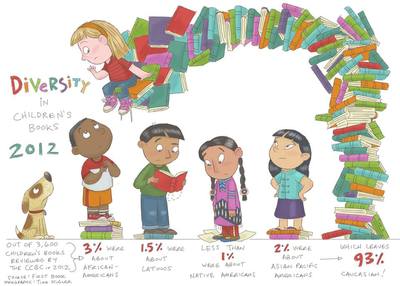 graphic created by Tina Kugler graphic created by Tina Kugler This is what First Voice Multicultural children's books give to our children. It is not just familiar or relevant imagery or story, it is much deeper than that. It is something at once substantial and very humanly ethereal. It is an osmotic communication of self-knowledge, self-definition, a celebration of belonging to yourself and to the individual culture that informs who you are. This is important for all of us, ALL of us, but especially for our children and extra especially for our children of color. We need to sense that we all belong here, now. This makes all of us strong. And for children of color, this inspires us to contribute to our society and our world, because it is ours, it is where we belong. I speak to First Voice Multicultural books for children of color because of the statistics. While 2012 statistics show that almost 50% of our children under age 5 are children of color, less than 10% of children’s books published each year are about children of color and the statistics are even lower (with only 4½ % of the 5000 children's books published in 2012) when it comes to First Voice children’s books, those books that are both about AND by people of color. For our published children's books to be reflective of the reality of the children in our country, our schools, our libraries, our communities, we would need to replace 2000 of those 5000 books with First Voice Multicultural books. 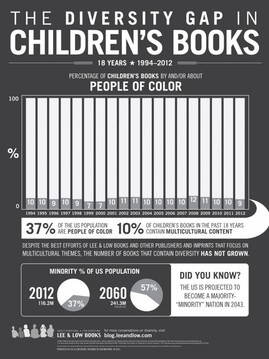 graphic created by Lee&Low Books graphic created by Lee&Low Books Wow, every time I do the math for these kind of statistics, I have to double check myself because I am stunned. The math makes our lack of reflection so conspicuous. I know that I felt this growing up. And I know that our children today feel it. Amazingly, the last 18 years show an absolute freeze when it comes to multicultural children’s books that are published. I was undaunted as a child. Now as an adult, I teach what helped me through the long-lived scarce times: I teach self-portraiture. Just because we do not see ourselves in our books, we must still see ourselves. We must know our selves, feel that belonging by our own hands if not by the hands of the world around us. Until we have those 2000 more First Voice Multicultural children's books per year, we can empower our children to claim their own face, tell their own tales, so that when they grow up, they are prepared to balance the way things are. Today. Now. We begin with a polka dot. Maya Gonzalez is largely self-taught. She has illustrated over 20 award-winning multicultural children’s books and written 3 with, not an end in sight! Her fine art has shown internationally and appears in numerous books about the contemporary Chicano Art Movement including on the cover of Living Chicana Theory and Contemporary Chicana and Chicano Art: Artists, Works, Culture and Education considered to be "the Bible of Chicano/a art." Ridiculously creative, she’s probably making art as you read this or thinking about making art if she’s driving a car or using the stove. And one of her ultimate passions is inspiring others to create books, because she believes that creating children's books has the potential to be one of the most radical things you can do! |
Meet the Friday Blogonauts
First Fridays will feature Bryan Patrick Avery, published writer , man of mystery, and professional magician among other things.
Second Fridays will feature awesome multi-award winning author Marsha Diane Arnold who will be writing about character-driven and/or nature-based books and/or anything she likes :) Third Fridays will feature independent Aladdin/Simon & Shuster editor Emma Sector who has helped bring many books into the world. Fourth Fridays will feature the great Christine Taylor-Butler who has published over 70 award-winning fiction and non-fiction and nonfiction books including the acclaimed new middle grade series - The Lost Tribes. Fifth Fridays will feature the fabulous Carl Angel award-winning multi-published Illustrator and graphic designer. Join our Tribe
and receive 7 Steps to Creative Happiness, access to free webinars, and lots more!
Your email addresses are always safe and respected with us. Follow our Blog!
Archives
January 2019
Categories
All
|
|
Discover
|
About Us
|
Join Us
Join our Community and receive a fabulous free gift, KidLit tips, newsletters, scholarship info, contests, and more!
Join our KidLit Mentorship |
Social Media
Interact with our FaceBook Group or follow us on:
|
© 2010-2024 All content on this website is copyrighted. Sorry, all courses are non-refundable.
